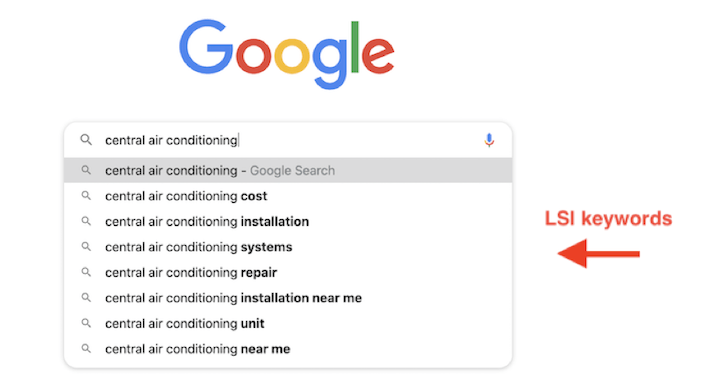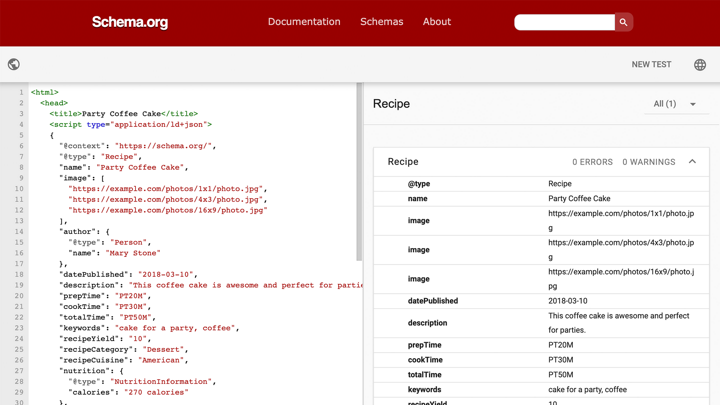In the ever-evolving landscape of SEO, staying ahead of the competition requires adopting advanced techniques that go beyond basic keyword optimization and content creation. As search engines become more sophisticated, so must our strategies. This blog delves into four advanced SEO techniques that can significantly boost your rankings: the role of Latent Semantic Indexing (LSI) in modern SEO, how to use schema markup to improve SEO, advanced link-building strategies for 2024, and technical SEO practices for enhancing website performance and crawlability.

The Role of Latent Semantic Indexing (LSI) in Modern SEO
Latent Semantic Indexing (LSI) is a complex algorithm used by search engines to understand the context and relationship between words in a piece of content. Unlike traditional keyword matching, LSI allows search engines to determine the meaning of content based on the presence of related terms and synonyms, thereby improving the accuracy of search results.
Understanding LSI
LSI involves analyzing a large corpus of text to identify patterns in word usage and co-occurrence. This analysis helps search engines to:
Recognize Synonyms and Related Terms: For instance, if an article frequently mentions "car," "automobile," "vehicle," and "sedan," the search engine understands that these terms are related and often used interchangeably.
Understand Context: LSI helps search engines grasp the context of a page by examining the broader set of words used, not just isolated keywords. This means that an article about "jaguar" can be correctly categorized as discussing the animal or the car brand based on contextual clues.
Implementing LSI in Your SEO Strategy
To leverage LSI for better SEO, follow these steps:
Conduct Thorough Keyword Research: Identify your primary keywords and then use tools like Google's Keyword Planner, LSIGraph, or SEMrush to find related terms and synonyms.
Incorporate Related Terms Naturally: Use these related terms throughout your content in a natural and meaningful way. Avoid keyword stuffing, as it can negatively impact readability and user experience.
Focus on Content Quality: High-quality, comprehensive content that covers a topic in-depth is more likely to include a wide range of related terms, which naturally incorporates LSI principles.
Optimize Metadata: Ensure your meta titles and descriptions include both primary and related keywords to enhance relevance signals to search engines.
By understanding and applying LSI, you can create more contextually rich content that aligns better with search engine algorithms, leading to improved rankings.

How to Use Schema Markup to Improve SEO
Schema markup, also known as structured data, is a powerful tool that helps search engines understand your content better. By adding schema markup to your HTML, you provide additional information about your content, enabling search engines to present it more effectively in search results.
Benefits of Schema Markup
Schema markup offers several SEO advantages:
Enhanced Search Listings: Schema markup can transform your search result listing with rich snippets, which include additional information such as ratings, reviews, event dates, and more. This can increase your click-through rate (CTR).
Improved Relevance: Providing structured data helps search engines better understand the context of your content, leading to more accurate indexing and ranking.
Voice Search Optimization: Schema markup can enhance your content's visibility in voice search results by providing clear and structured information.
Types of Schema Markup
There are various types of schema markup you can use, depending on the content of your website:
Article: For news articles, blogs, and other written content.
Product: For product listings, including details like price, availability, and reviews.
Organization: To provide information about a business or organization, including logo, contact details, and social profiles.
Event: For events, including dates, locations, and ticket information.
Local Business: For local businesses, including address, hours of operation, and services offered.
Implementing Schema Markup
To add schema markup to your website, follow these steps:
Choose the Appropriate Schema Type: Visit Schema.org to find the correct type of markup for your content.
Generate the Markup: Use tools like Google's Structured Data Markup Helper to generate the code.
Add the Markup to Your HTML: Insert the generated code into the HTML of your web pages.
Test Your Markup: Use Google's Rich Results Test to ensure your markup is correctly implemented and can be read by search engines.
By using schema markup, you can provide search engines with a clearer understanding of your content, leading to better visibility and potentially higher rankings.

Advanced Link-Building Strategies for 2024
Link-building remains a critical component of SEO, but the tactics for acquiring high-quality backlinks are constantly evolving. Here are some advanced link-building strategies to implement in 2024:
1. Focus on Quality Over Quantity
Search engines prioritize the quality of backlinks over sheer quantity. High-quality backlinks come from authoritative, relevant sites within your niche.
2. Create Link-Worthy Content
Develop content that naturally attracts links. This includes:
Research-Driven Articles: Publish original research, surveys, and studies that others in your industry will reference and link to.
Comprehensive Guides and Tutorials: Create in-depth, evergreen content that serves as a valuable resource.
Infographics and Visual Content: Produce shareable visual content that others will embed and link back to your site.
3. Leverage Digital PR
Digital PR involves promoting your content through press releases, media outreach, and collaborations with influencers and bloggers. By building relationships with journalists and influencers, you can earn high-quality backlinks from reputable sources.
4. Guest Blogging
Identify authoritative websites in your niche and pitch guest blog ideas. Ensure your guest posts are high-quality and include a natural, contextual backlink to your site.
5. Broken Link Building
Find broken links on relevant websites and offer your content as a replacement. Tools like Ahrefs and Screaming Frog can help you identify broken links on target sites.
6. Participate in Industry Forums and Communities
Engage in industry-specific forums, communities, and social media groups. Provide valuable insights and include links to your content where appropriate and allowed.
7. Utilize Resource Pages
Many websites maintain resource pages that link to valuable content in their niche. Reach out to these sites with your high-quality content to be included in their resource lists.
By adopting these advanced link-building strategies, you can build a robust backlink profile that enhances your website's authority and improves its rankings.

Technical SEO: Enhancing Website Performance and Crawlability
Technical SEO involves optimizing your website's infrastructure to ensure it is easily crawlable and indexable by search engines. Here are some key aspects of technical SEO to focus on:
1. Improve Site Speed
Site speed is a crucial ranking factor. Slow-loading websites can negatively impact user experience and search rankings. To improve site speed:
Optimize Images: Compress and resize images to reduce load times.
Enable Browser Caching: Allow browsers to store cached versions of your pages.
Minimize HTTP Requests: Reduce the number of elements on your page to decrease load time.
Use a Content Delivery Network (CDN): Distribute your content across multiple servers to improve load times for users worldwide.
2. Ensure Mobile-Friendliness
With the majority of searches now occurring on mobile devices, having a mobile-friendly website is essential. Use responsive design to ensure your site adapts to different screen sizes and provides a seamless user experience across devices.
3. Optimize URL Structure
Create a clean, descriptive, and consistent URL structure. Use hyphens to separate words and include relevant keywords to make URLs more readable and search-friendly.
4. Implement HTTPS
Security is a top priority for search engines and users. Ensure your website uses HTTPS to encrypt data and provide a secure browsing experience.
5. Fix Crawl Errors
Regularly check for and resolve crawl errors using tools like Google Search Console. Ensure that your site’s robots.txt file and XML sitemap are correctly configured to guide search engine crawlers.
6. Enhance Internal Linking
Internal linking helps search engines understand the structure of your website and discover new content. Use a clear, hierarchical linking structure and include contextual links within your content.
7. Use Canonical Tags
Canonical tags help prevent duplicate content issues by specifying the preferred version of a page. This ensures that search engines attribute the correct version and avoid splitting ranking signals.
By focusing on these technical SEO practices, you can enhance your website's performance, improve crawlability, and ensure a better user experience, all of which contribute to higher search engine rankings.
Conclusion
Advanced SEO techniques such as leveraging Latent Semantic Indexing, implementing schema markup, employing sophisticated link-building strategies, and optimizing technical aspects of your website can significantly boost your search engine rankings. As SEO continues to evolve, staying informed about these advanced strategies and incorporating them into your SEO efforts will help you maintain a competitive edge and achieve long-term success in the search landscape.
Newsletter to recieve
our latest company updates
Comment